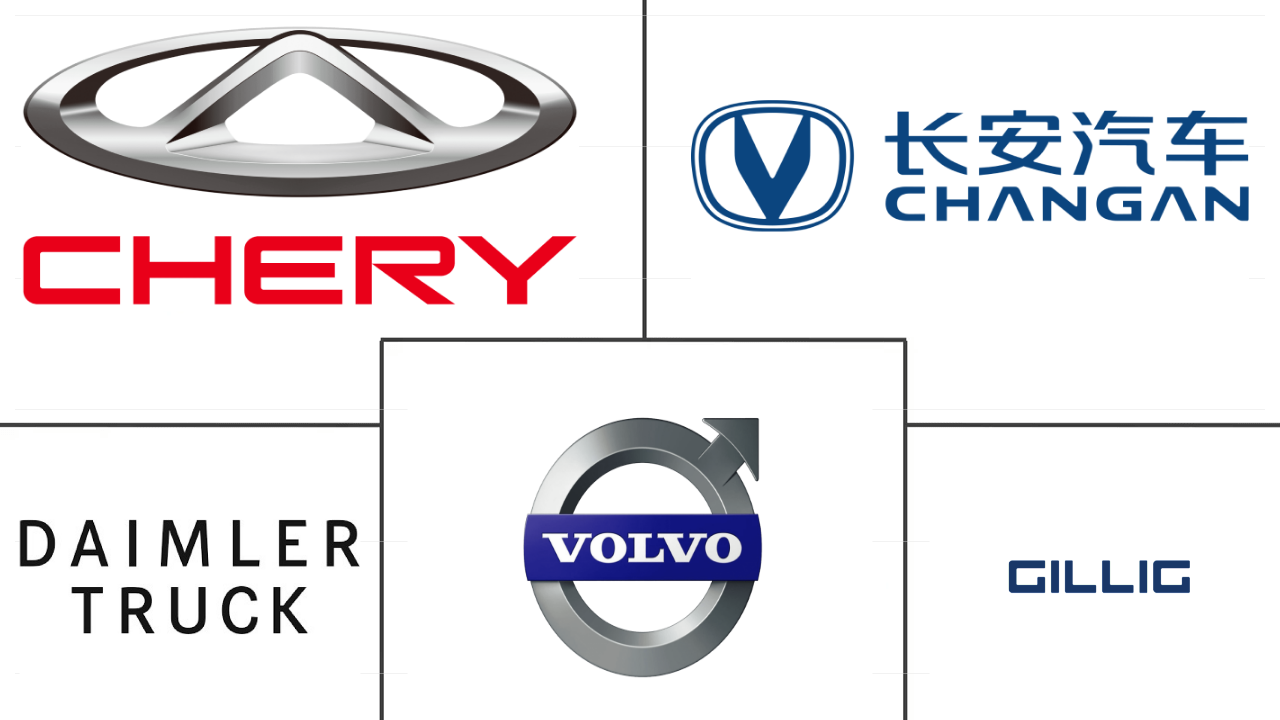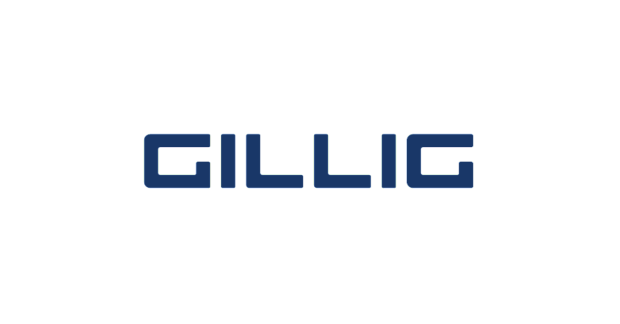Market Size of electric bus Industry
|
|
Study Period | 2017 - 2030 |
|
|
Market Size (2024) | USD 45 Billion |
|
|
Market Size (2030) | USD 136.9 Billion |
|
|
Largest Share by Fuel Category | BEV |
|
|
CAGR (2024 - 2030) | 20.38 % |
|
|
Largest Share by Region | Global |
Major Players |
||

|
||
|
*Disclaimer: Major Players sorted in no particular order |
Electric Bus Market Analysis
The Electric Bus Market size is estimated at 45 billion USD in 2024, and is expected to reach 136.9 billion USD by 2030, growing at a CAGR of 20.38% during the forecast period (2024-2030).
45 Billion
Market Size in 2024 (USD)
136.9 Billion
Market Size in 2030 (USD)
15.16 %
CAGR (2017-2023)
20.38 %
CAGR (2024-2030)
Largest Segment by Fuel Category
91.48 %
value share, BEV, 2023
BEVs dominate due to significant government support, extensive charging infrastructure, and increasing consumer preference for zero-emission public transportation.
Fastest-growing Segment by Fuel Category
30.35 %
Projected CAGR, FCEV, 2024-2030
FCEVs are the fastest-growing due to rapid advancements in hydrogen technology, increased investment in hydrogen infrastructure, and the global push towards zero-emission vehicles.
Largest Segment by Country
66.81 %
value share, China, 2023
China leads the global electric bus market due to its large urban population, significant investment in public transportation, and strong government support for electric vehicle adoption.
Largest Segment by Fuel Category
91.48 %
value share, BEV, 2023
BEVs dominate due to extensive government support, a focus on reducing urban emissions, and the development of comprehensive charging infrastructure worldwide.
Leading Market Player
25.27 %
market share, Zhejiang Geely Holding Group Co. Ltd, 2023

Zhejiang Geely Holding Group Co. Ltd. leads the market with its advanced electric bus technology, extensive manufacturing capacity, and strong commitment to sustainable public transportation solutions globally.
Transitioning to electric buses for public transportation can significantly reduce fuel and maintenance costs and offer public health and environmental benefits
- Fuel constitutes a major part of the operating cost of any vehicle. Using an electric bus for public transport reduces fuel costs, as well as other upfront costs and the total cost of ownership. By 2030, the prices for electric buses are expected to decline to the price level of diesel-fueled buses. Electric buses help reduce 81-83% of the maintenance and operating costs compared to a diesel-engine bus. The rising general awareness about air pollution, climate change, and increasing diesel prices are some of the factors incentivizing most state and city transport authorities to increasingly accommodate clean public transport solutions in their regional development plans.
- The e-bus market holds promise in addressing gaps in public transportation. With potential reductions in operational and maintenance expenses, as well as hidden costs tied to public health and the environment, widespread electrification of public buses stands to deliver significant benefits. This shift could foster a more equitable balance of returns between service providers and users in the long term. Bolstered by robust government support for electric vehicle (EV) adoption, public transport authorities and e-bus suppliers are poised to drive market growth, aided by well-defined regulations and market mechanisms.
- The e-bus ecosystem is being implemented in accordance with established government guidelines. However, there is an immediate challenge in setting up and managing e-bus charging stations in terms of planning, the extent of stakeholders' responsibilities, and operation, which must be addressed as a high priority to expedite the development of the e-bus ecosystem across the world.
The global demand for electric buses is experiencing significant growth due to environmental concerns, rising fuel costs, and stringent green vehicle regulations
- The global demand for electric buses has witnessed a significant surge in recent years. This uptick can be attributed to mounting environmental concerns stemming from carbon emissions, escalating fuel costs, the burden of high operational expenses, and the imposition of stringent green vehicle regulations by governments worldwide. Consequently, the global demand for electric buses saw a notable increase in 2022 compared to 2021.
- Public transit agencies in several nations are actively championing the adoption of electric buses. For instance, the Bangalore Metropolitan Transport Corporation (BMTC), India's largest public transit bus operator, has unveiled ambitious plans for battery electric buses. It has committed to procuring up to 1,800 electric buses in the coming years, while the Karnataka state government aims to transition BMTC's entire fleet of 6,500 buses to zero-emission vehicles by 2030. Such initiatives are poised to bolster the global demand and sales of electric buses.
- Government bodies worldwide are increasingly embracing electric buses. In the United States, the trend is evident as more cities and universities are incorporating electric bus fleets. Notably, California emerged as a frontrunner in this transition, introducing the Innovative Clean Transit Rule (ICTR). This rule mandates that 25% of new bus purchases be zero-emission buses, with a subsequent target of 100% zero-emission orders from California transport agencies by 2029. California aims to electrify its entire fleet of 12,000 city buses by 2040. Similar endeavors in other nations are poised to fuel the demand for electric buses from 2024 to 2030.
Electric Bus Industry Segmentation
BEV, FCEV, HEV, PHEV are covered as segments by Fuel Category. Africa, Asia-Pacific, Europe, Middle East, North America, South America are covered as segments by Region.
- Fuel constitutes a major part of the operating cost of any vehicle. Using an electric bus for public transport reduces fuel costs, as well as other upfront costs and the total cost of ownership. By 2030, the prices for electric buses are expected to decline to the price level of diesel-fueled buses. Electric buses help reduce 81-83% of the maintenance and operating costs compared to a diesel-engine bus. The rising general awareness about air pollution, climate change, and increasing diesel prices are some of the factors incentivizing most state and city transport authorities to increasingly accommodate clean public transport solutions in their regional development plans.
- The e-bus market holds promise in addressing gaps in public transportation. With potential reductions in operational and maintenance expenses, as well as hidden costs tied to public health and the environment, widespread electrification of public buses stands to deliver significant benefits. This shift could foster a more equitable balance of returns between service providers and users in the long term. Bolstered by robust government support for electric vehicle (EV) adoption, public transport authorities and e-bus suppliers are poised to drive market growth, aided by well-defined regulations and market mechanisms.
- The e-bus ecosystem is being implemented in accordance with established government guidelines. However, there is an immediate challenge in setting up and managing e-bus charging stations in terms of planning, the extent of stakeholders' responsibilities, and operation, which must be addressed as a high priority to expedite the development of the e-bus ecosystem across the world.
| Fuel Category | |
| BEV | |
| FCEV | |
| HEV | |
| PHEV |
| Region | ||||||||
| ||||||||
| ||||||||
| ||||||||
| ||||||||
| ||||||||
|
Electric Bus Market Size Summary
The electric bus market is experiencing significant growth, driven by increasing environmental concerns and the need for sustainable public transport solutions. The shift towards electric buses is largely fueled by the rising awareness of air pollution and climate change, coupled with the escalating costs of diesel fuel. This transition is supported by robust government initiatives and regulations aimed at promoting electric vehicle adoption. Public transport authorities and e-bus suppliers are collaborating to expand the market, with a focus on reducing operational and maintenance costs. The electrification of public buses is expected to create a more equitable balance of returns between service providers and users, offering substantial long-term benefits.
Globally, the demand for electric buses is on the rise, with countries like India and the United States leading the charge. Initiatives such as the Bangalore Metropolitan Transport Corporation's plans to transition to zero-emission vehicles and California's Innovative Clean Transit Rule exemplify the commitment to electrification. The market is moderately consolidated, with major players like Chery Automobile, Daimler Truck Holding, and Volvo Group dominating the landscape. As Asia-Pacific and Europe continue to advance in battery technology and vehicle electrification, the electric bus market is poised for substantial growth, with projections indicating a significant increase in demand and sales from 2024 to 2030.
Electric Bus Market Size - Table of Contents
-
1. MARKET SEGMENTATION (includes market size in Value in USD and Volume, Forecasts up to 2030 and analysis of growth prospects)
-
1.1 Fuel Category
-
1.1.1 BEV
-
1.1.2 FCEV
-
1.1.3 HEV
-
1.1.4 PHEV
-
-
1.2 Region
-
1.2.1 Africa
-
1.2.1.1 South Africa
-
-
1.2.2 Asia-Pacific
-
1.2.2.1 China
-
1.2.2.2 India
-
1.2.2.3 Japan
-
1.2.2.4 South Korea
-
-
1.2.3 Europe
-
1.2.3.1 France
-
1.2.3.2 Germany
-
1.2.3.3 Italy
-
1.2.3.4 Spain
-
1.2.3.5 UK
-
1.2.3.6 Rest-of-Europe
-
-
1.2.4 Middle East
-
1.2.4.1 UAE
-
1.2.4.2 Rest-of-Middle East
-
-
1.2.5 North America
-
1.2.5.1 Canada
-
1.2.5.2 Mexico
-
1.2.5.3 US
-
-
1.2.6 South America
-
1.2.6.1 Argentina
-
1.2.6.2 Brazil
-
1.2.6.3 Rest-of-South America
-
-
-
Electric Bus Market Size FAQs
How big is the Global Electric Bus Market?
The Global Electric Bus Market size is expected to reach USD 45.00 billion in 2024 and grow at a CAGR of 20.38% to reach USD 136.95 billion by 2030.
What is the current Global Electric Bus Market size?
In 2024, the Global Electric Bus Market size is expected to reach USD 45.00 billion.

